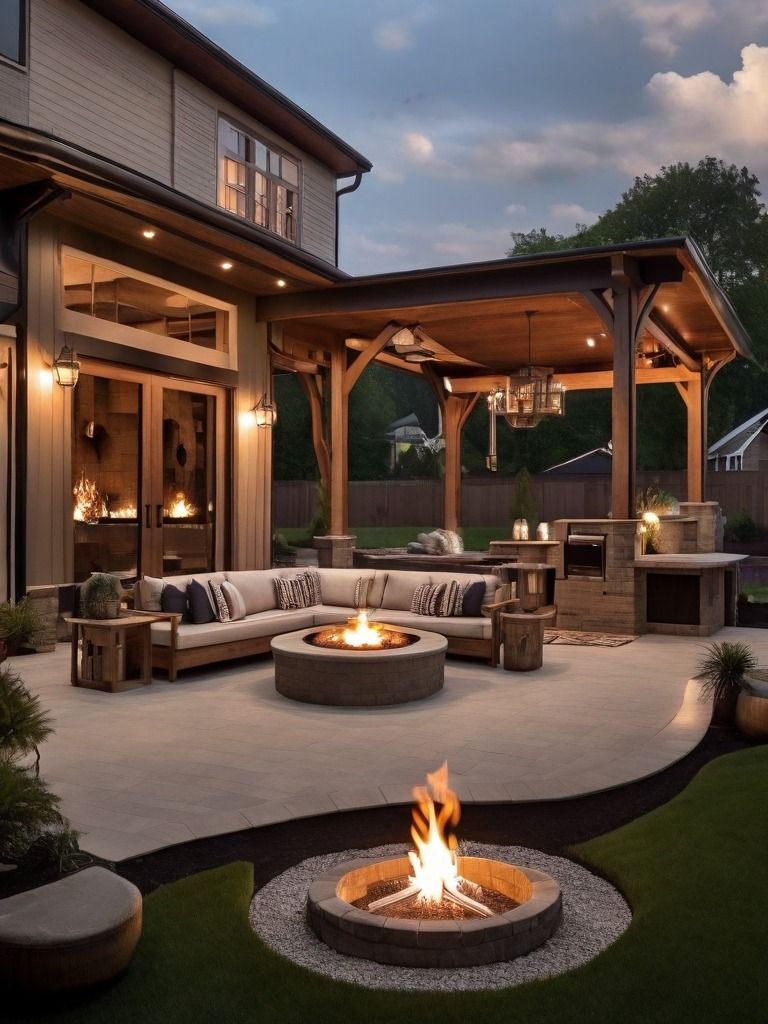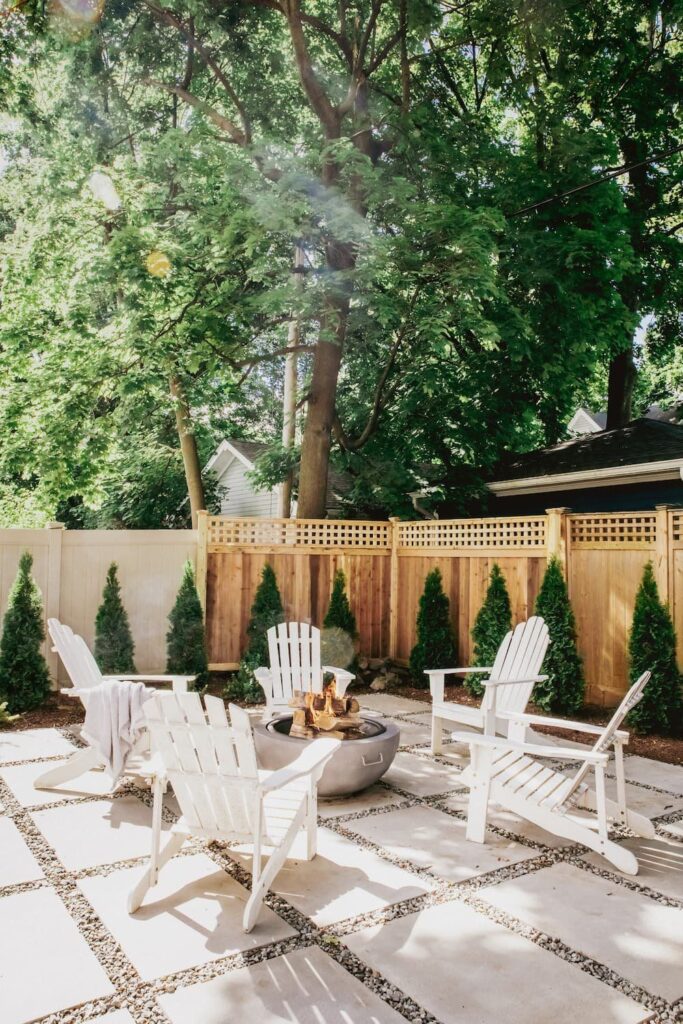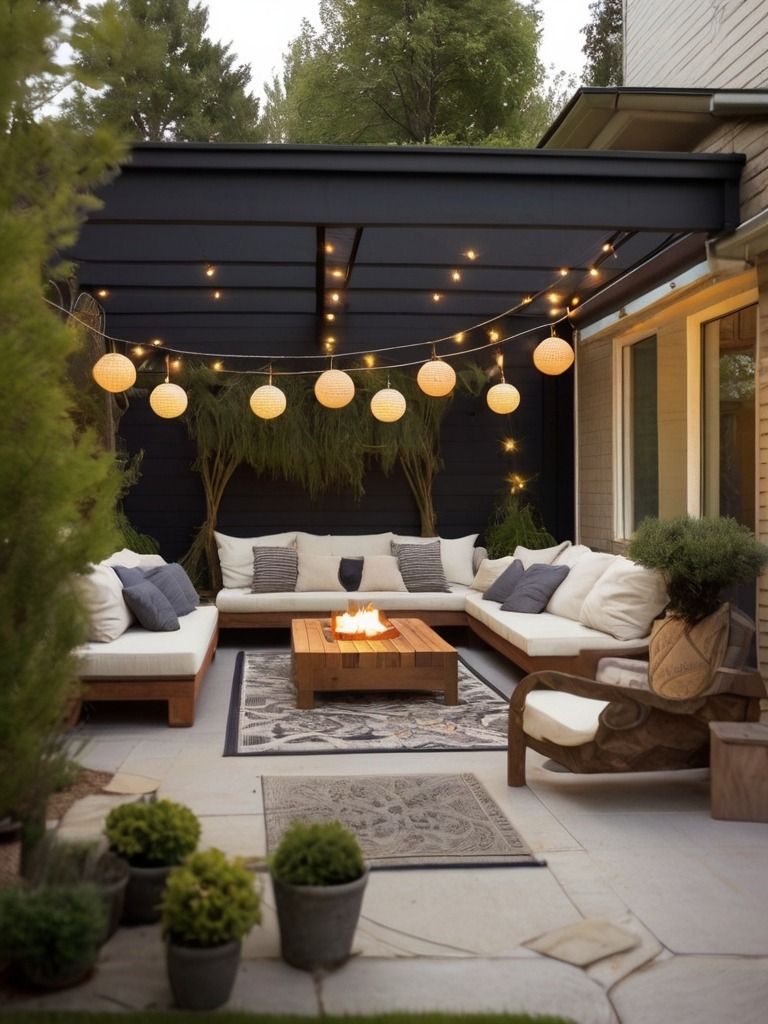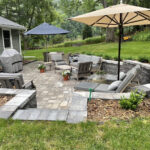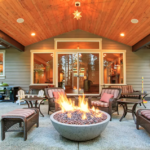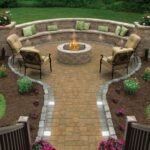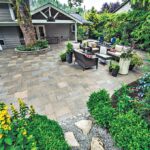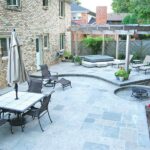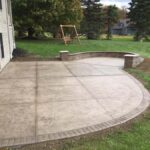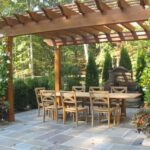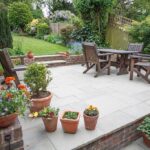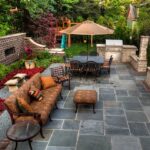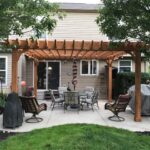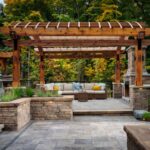Backyard patios have become increasingly popular in recent years as homeowners look to create a comfortable and inviting outdoor living space. These outdoor extensions of the home provide a place for relaxation, entertainment, and enjoyment of nature. With the right design and materials, a backyard patio can enhance the overall appeal and functionality of a property.
One of the key benefits of having a backyard patio is the opportunity to expand your living space and create a seamless transition between indoors and outdoors. Whether you are hosting a barbecue with friends or simply enjoying a quiet evening under the stars, a well-designed patio can serve as a versatile and inviting space for a variety of activities. Additionally, a well-placed patio can help to define different areas of your backyard and create visual interest in the landscape.
When designing a backyard patio, it is important to consider the layout, size, and shape of the space. The patio should be located in a convenient and aesthetically pleasing spot that maximizes sunlight and provides privacy from neighboring properties. The size of the patio should be proportional to the overall size of the backyard and accommodate the desired activities, such as dining, lounging, or gardening. The shape of the patio can vary depending on personal preference, but it is important to consider factors such as traffic flow and accessibility.
In terms of materials, there are a wide range of options available for creating a backyard patio. Popular choices include concrete, pavers, brick, stone, and wood. Each material has its own advantages and considerations, such as durability, maintenance requirements, and cost. Concrete is a versatile and cost-effective option that can be customized with a variety of finishes, colors, and patterns. Pavers and brick offer a classic and timeless look, while stone adds natural beauty and texture to the patio. Wood is another popular choice for a warm and inviting patio surface, but it may require more maintenance to prevent warping and rotting.
In addition to the surface material, there are many other elements to consider when designing a backyard patio. Features such as seating, lighting, shade, and landscaping can greatly enhance the comfort and functionality of the space. Built-in benches, sofas, and dining areas can provide ample seating for guests and create a cozy atmosphere. Outdoor lighting, such as string lights, lanterns, and sconces, can extend the usability of the patio into the evening hours and create a warm and inviting ambiance. Shade structures, such as pergolas, umbrellas, and awnings, can provide relief from the sun and add architectural interest to the patio. Finally, landscaping elements, such as plants, trees, and water features, can soften the hardscape and create a more natural and inviting environment.
